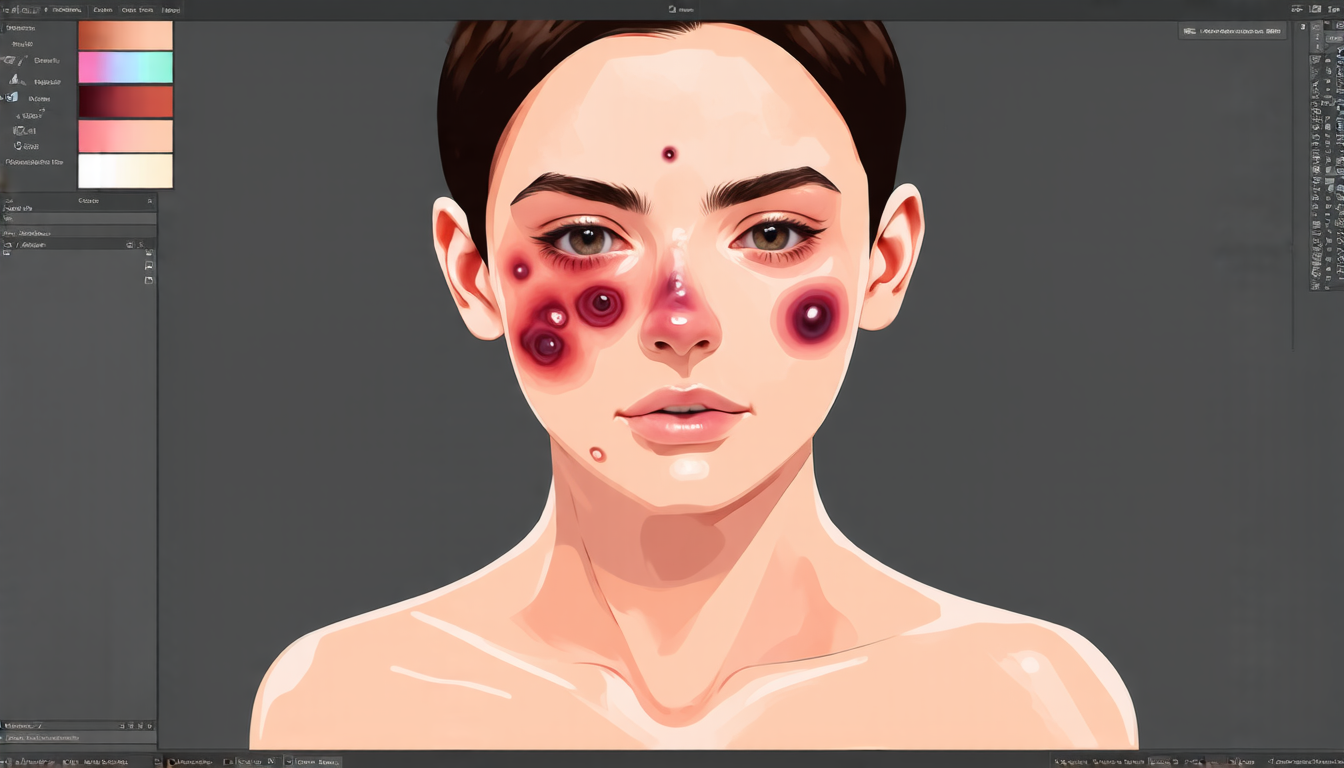Wednesday 30 July 2025
Scientists have made a significant breakthrough in the field of medical imaging, developing a new technology that could revolutionize the way we diagnose and treat diseases. A team of researchers has created a hybrid classical-quantum generative adversarial network (GAN) that can generate high-quality medical images.
The new system, called HybridQ, uses a combination of classical machine learning algorithms and quantum computing to produce realistic images of skin lesions, which are essential for diagnosing conditions such as melanoma. The technology has been shown to outperform existing methods in terms of both image quality and classification accuracy.
Traditional GANs have limitations when it comes to generating high-quality medical images. They often struggle with mode collapse, where the generated images lack diversity and realism. HybridQ addresses this issue by incorporating classical neural networks into the quantum computing process. This allows the system to learn complex patterns in medical images and generate more realistic results.
The researchers tested HybridQ on two large datasets of skin lesions, one containing over 9,000 images from the ISIC 2019 challenge and another with around 17,000 images from the Fitzpatrick17k dataset. The results were impressive, with HybridQ achieving better image quality and classification accuracy than existing methods.
One of the key benefits of HybridQ is its ability to generate high-quality images even when trained on limited data. This makes it an attractive option for medical imaging applications where large amounts of data are not available.
The researchers also tested HybridQ on a real quantum computer, demonstrating that the technology can be scaled up and used in practical applications. This marks a significant step forward in the development of quantum computing for medical imaging.
The potential impact of HybridQ is enormous. It could revolutionize the way we diagnose and treat diseases, allowing doctors to make more accurate diagnoses and patients to receive better treatment options. The technology also has the potential to be used in other fields, such as computer vision and robotics.
In the future, the researchers plan to continue developing HybridQ and exploring its applications in medical imaging. They are also working on scaling up the technology for use with larger datasets and more complex image generation tasks.
Overall, the development of HybridQ is a significant breakthrough that could have far-reaching implications for the field of medical imaging. Its ability to generate high-quality images even when trained on limited data makes it an attractive option for practical applications, and its potential to be used in other fields is vast.
Cite this article: “HybridQ: A Quantum Leap in Medical Imaging”, The Science Archive, 2025.
Medical Imaging, Quantum Computing, Generative Adversarial Network, Gan, Skin Lesions, Melanoma, Image Quality, Classification Accuracy, Machine Learning, Hybrid Classical-Quantum.







